"Pair Of Vases 19th Century"
Detailed Description of the Pair of Napoleon III Period Vases in Gilded Bronze, Patina, and Malachite
This magnificent pair of decorative vases is a
masterpiece of the
Napoleon III period (mid-19th century), showcasing elegance and refinement through the harmonious combination of
gilded bronze,
black patina, and
precious green malachite.
Overall Design
The vases adopt the classical amphora shape, featuring a rounded body, a slender neck, and gracefully curved handles.
The base of the vases is made of malachite, a semi-precious stone renowned for its natural green veining, lending a noble and mysterious appearance to the piece.
The central body of the vases is divided into two sections:
The central section in black-patinated bronze is adorned with finely sculpted bas-reliefs, depicting mythological or floral motifs typical of classical art.
The upper and lower sections are crafted in gilded bronze, beautifully decorated with intricate foliage patterns and delicate friezes.
Handles and Decorative Elements
The handles of the vases are particularly remarkable, featuring elegant representations of Cupids (Cherubs), symbols of love and romance, which were highly favored in the decorative arts of the Napoleon III era.
The sinuous curves of the handles, adorned with volutes and sculpted details, add a sense of balance and harmony to the vases' structure.
The neck of the vases is richly embellished with acanthus leaves and finely crafted friezes, enhancing the overall elegance.
Materials and Craftsmanship
Gilded bronze: Expertly crafted to create a luxurious and radiant appearance, characteristic of the 19th century’s opulence.
Black patina: Provides a striking contrast to the gilded bronze, emphasizing the intricacy of the sculpted bas-reliefs.
Malachite: Known for symbolizing prosperity and protection, its deep green hue and natural veining add a touch of refinement and uniqueness to the composition.
Significance and Value
These vases are not merely decorative objects but artistic masterpieces, embodying the exquisite craftsmanship and refined taste of the Napoleon III period.
The perfect combination of noble materials and meticulous artistry makes them exceptional pieces, symbols of luxury and timeless elegance.
Usage and Display
These majestic vases are ideal for:
Enhancing the beauty of a classical living room or art gallery.
Adorning a fireplace mantel, a console table, or an ornate display cabinet.
Integrating into a prestigious art or antique collection.
Conclusion
This pair of vases in gilded bronze, black patina, and malachite represents the perfect embodiment of 19th-century luxury and masterful craftsmanship. More than just decorative pieces, they are valuable artistic investments or family heirlooms, showcasing the grandeur and timeless beauty of the Napoleon III period.











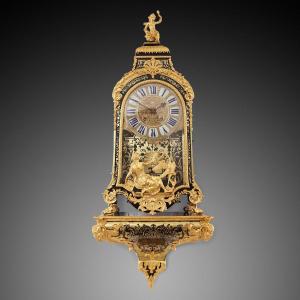
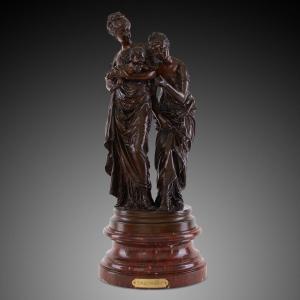
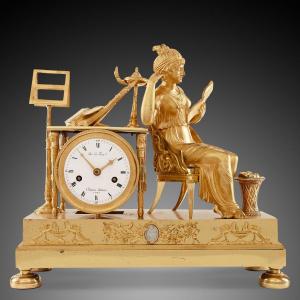
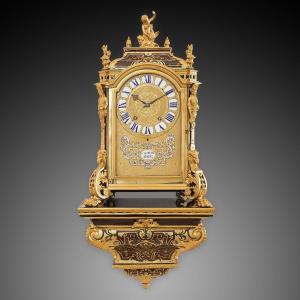




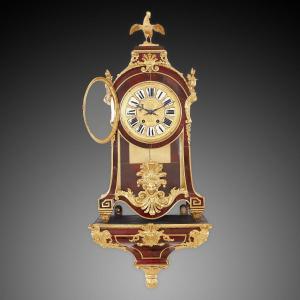









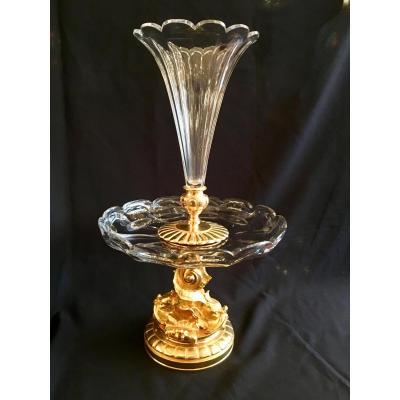
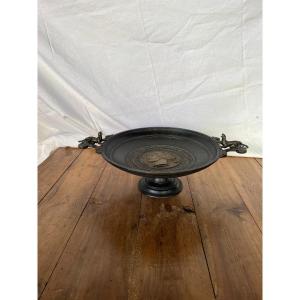



 Le Magazine de PROANTIC
Le Magazine de PROANTIC TRÉSORS Magazine
TRÉSORS Magazine Rivista Artiquariato
Rivista Artiquariato